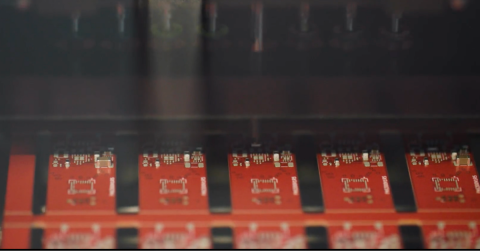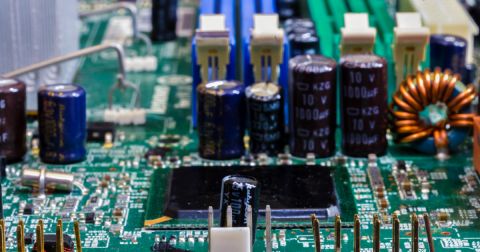Flex Cable or Custom Harness: Which Should You Use?

When connecting multiple circuit boards in a space-constrained environment without the budget for a rigid-flex PCB assembly, selecting the appropriate interconnect solution becomes crucial. Options include FPC connectors, flexible flat cables (FFCs), or off-the-shelf connectors integrated into a wire harness. Determining the best choice depends on your specific design requirements.
Flex Cables vs. Ribbon Cables
Flexible Flat Cables (FFCs) and FPC Connectors
FFCs, often used with FPC connectors, are off-the-shelf components that provide the benefits of flexible interconnects without the cost associated with rigid-flex PCBs. These cables offer high pin density due to multiple signal layers and are suitable for applications where space is at a premium.

Flex cables are often brought up as a cure-all for space savings, but this is not always true. There are two reasons for this:
- Directional Flexibility: They bend primarily in one direction, limiting routing options.
- Power Transmission: While effective for signal transmission, they are not ideal for carrying high power loads.
If your design requires multiple bends or the transmission of significant power, a custom wire harness may be more appropriate.
Custom Flex Cables
When standard FFCs don't meet your form factor requirements, designing a custom flex cable becomes a viable option. Utilizing PCB design software with rigid-flex support allows for the creation of flex interconnects with multiple endpoints, functioning similarly to a wire harness.
Advantages of Wire Harnesses
Wire harnesses, constructed using wire-to-board connectors and various cable types, offer several benefits:
-
Versatility: They can accommodate a range of wire sizes, supporting both signal and power transmission within a single connector.
-
Flexibility: Unlike FFCs, wire harnesses can bend in multiple directions, making them suitable for complex routing through tight spaces.
-
Customization: Wire harnesses can be tailored to specific applications, including the use of custom connectors when off-the-shelf options are insufficient.

Here, the drawback is that the pin density tends to be lower, and the density will be limited by the wire gauge. When power is needed, you will need a smaller gauge wire, which also drives down the pin density. Still, there are many off-the-shelf options for the wire-to-board connector systems needed to build custom harnesses.
When off-the-shelf wiring and cabling systems will not meet your requirements, you might consider using custom connectors for your wire harness. Going the route of a custom connector can be costly due to the design and tooling requirements, so this is more of an option for higher-volume assemblies.
Which Is Best?
In summary, the selection of a flex ribbon with an FPC connector versus a custom harness is about balancing trade-offs, just like many other design decisions. It all depends on what your needs are. The table below should help summarize the advantages and disadvantages of each approach.
|
|
|
|
|
|
|
|
|
CAD tools have come a long way from the days of cabling and wiring diagrams. Today, you can access wiring harness design capabilities inside your PCB design software as part of multi-board PCB design, and you can implement the standard logical checking between each end of your custom harness.
If you’ve considered the tradeoffs and you’ve landed on the use of FPC connectors with flex ribbons for your multi-board system, you can still design flex ribbons in PCB design software. An integrated toolset eliminates the need for an external wiring harness design application. Today, you can do it all in a single program.
Whenever you need to design wire harnesses and flex cabling for connecting multi-board systems, make sure you use the complete set of PCB design features in Altium. To foster collaboration in today’s cross-disciplinary environment, innovative companies rely on Altium solutions to effortlessly share design data and move projects into manufacturing.
Want to seamlessly design wiring for your harness? Experience the power of wire harness design in Altium Develop.











